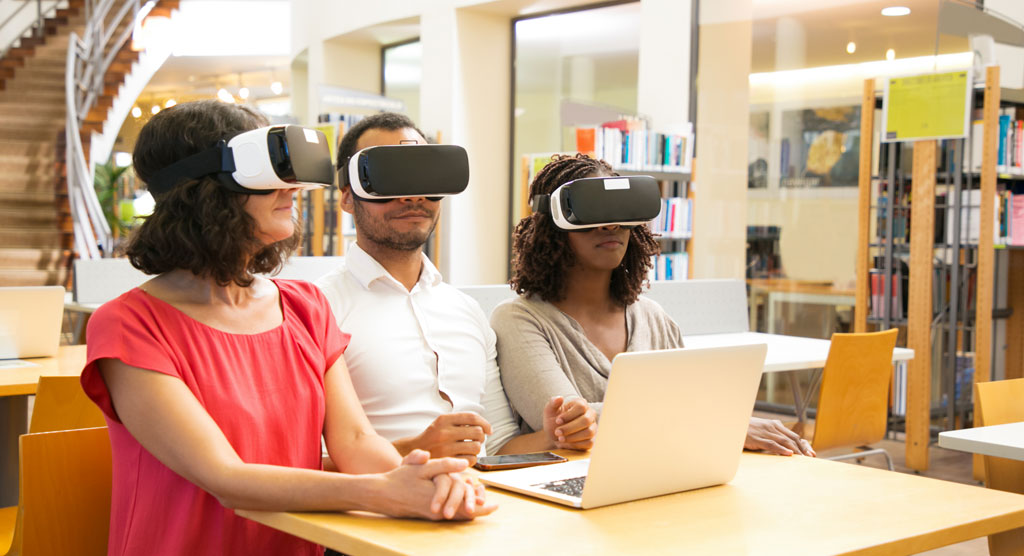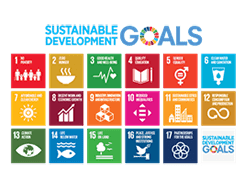Dr. Ruby Taneja, Principal, Aravali International School, Sector 85, Greater Faridabad
As educators, we are at a crucial juncture where the traditional boundaries of education are expanding, driven by technology, global challenges, and evolving learner needs. Schools’ role is no longer confined to academic instruction alone—we are now responsible for preparing students to thrive in a complex, fast-changing world. As a school principal, I strongly believe that the focus must now shift toward holistic, skill-based, and technology-integrated learning.
One of the most significant transformations in recent years has been the integration technology in education. Digital tools have enhanced classroom learning, making it more interactive, personalized, and accessible. From smartboards and learning management systems to AI-driven platforms, technology is reshaping the way knowledge is delivered and absorbed. Our students are digital natives, and embracing educational technology allows us to meet them where they are, while guiding them responsibly in its use.
Furthermore, AI enhances teacher efficiency. By automating repetitive tasks such as grading, attendance tracking, and performance analysis, teachers can focus more on designing engaging lessons and mentoring students. Tools like AI-generated quizzes, chatbots for answering routine queries, and automated report generation are already making their way into modern classrooms.
AI also plays a vital role in inclusive education. Students with special needs can benefit greatly from AI-powered assistive technologies like speech-to-text converters, language translation tools, and adaptive learning applications. These technologies help bridge the gap and ensure that learning remains accessible to all, regardless of physical or cognitive challenges.
At the same time, we must not lose sight of the human aspects of learning. The pandemic highlighted the importance of blended learning models—a combination of online and offline methods that cater to individual learning styles, support flexibility, and ensure continuity. This approach not only enhances engagement but also encourages students to take ownership of their learning. At our school, we’ve seen how blended learning improves comprehension, fosters self-discipline, and builds digital literacy alongside academic skills.
Equally important is the emphasis on 21st-century skills such as critical thinking, communication, collaboration, and creativity. In a world where information is abundant, the ability to analyze, innovate, and adapt is what truly sets individuals apart. Schools must, therefore, adopt new pedagogical tools that promote inquiry-based learning, problem-solving, and real-world application of knowledge.
Moreover, we must nurture healthy learning environments that prioritize students’ emotional and mental well-being. Education today must be inclusive and empathetic, ensuring that every learner feels safe, valued, and motivated. Initiatives that support mindfulness, peer interaction, and social-emotional learning are as crucial as academic excellence.
The role of teachers and school leaders has evolved too—from being transmitters of knowledge to facilitators, mentors, and guides. Professional development, openness to innovation, and collaboration with peers are key for educators to remain relevant and effective in this changing landscape.
In conclusion, the future of education lies in our collective commitment to continuous learning, collaboration, and innovation. As school leaders, we must champion these changes and build learning ecosystems that are resilient, inclusive, and future-ready. Together, we can shape a generation of empowered learners who are not just job-ready, but life-ready.



